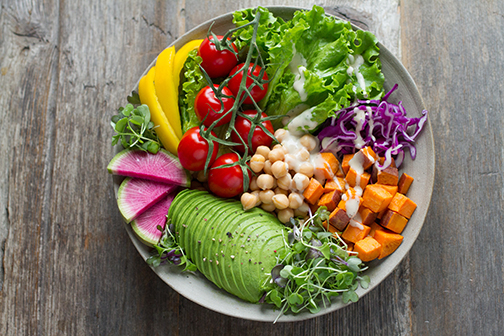Male Eating Disorders Are More Common Than We Think
Most people think of young females when they hear about eating disorders, but men also have similar problems. Of every three people with eating disorders, one of them is male. Male eating disorders have been on the rise, in Stamford, CT, and around the country. Body dysmorphia isn’t limited to teenage girls and women, it impacts men at similar rates. Men and boys are far less likely to seek treatment, making it more difficult to assess the extent of the problem. The types of eating disorders include binge eating, anorexia, and bulimia.
It all starts with unrealistic expectations.
Part of the problem stems from the desire to be sexually attractive. If men or boys carry extra weight, it’s not seen as attractive. Just like their female counterparts, those flat abs and the perfect V are the ideal. Some young men suffer from anorexia nervosa where they stop eating, exercise too much, or put strict rules on the consumption of food. Some experience bulimia nervosa where they eat and then purge their body of the food. The final large group of people with eating disorders are those with binge-eating disorders who eat large amounts and then feel guilty about it.
Some male eating disorders involve the desire to be muscular, too.
Men tend to have a unique subtype of eating disorder called muscle dysmorphia. It’s the obsession with bulking up and cutting body fat to dramatically low amounts. Gaining weight can be part of muscle dysmorphia, too. In one study, one-fourth of men and boys of average weight see themselves as underweight. They want to bulk up so people see them as more masculine. While there’s nothing wrong with wanting to bulk up, many of these young men are obsessively exercising, taking steroids and supplements, and eating restrictive diets. While it may initially seem like a healthy outlet, it’s taken to extremes, affecting both mental and physical health.
There are many reasons for eating disorders.
There’s no one reason for this issue. Some people are depressed and want to find a way to make themselves more acceptable. Others are trying to control their life and do it by gaining control over what they eat. A large group of people with eating disorders have a distorted view of not only themselves but also what the perfect body should look like.
- Some signs of eating disorders are weight fluctuations, dizziness upon standing, digestive complaints, difficulty sleeping or concentrating, and issues with unhealthy skin, teeth, hair, and nails.
- It’s harder for men to seek treatment for eating disorders. Most programs are created for women. You can find help by calling the National Eating Disorder Association helpline.
- While eating disorders are linked to depression and other mental health issues, further study needs to be made to identify if the eating disorder caused depression or if it was the other way around.
- The desire to be perfect is one common need found in most people with eating disorders. The exceptions are people with binge-eating problems. They tend to have impulse control issues.
For more information, contact us today at Revolution Training









